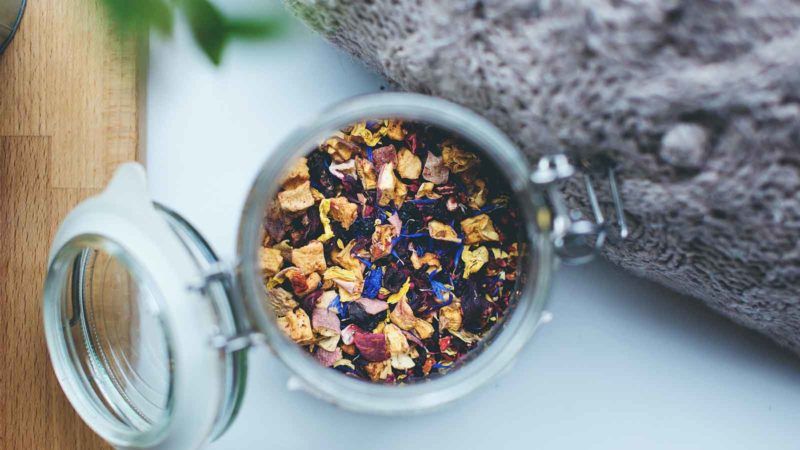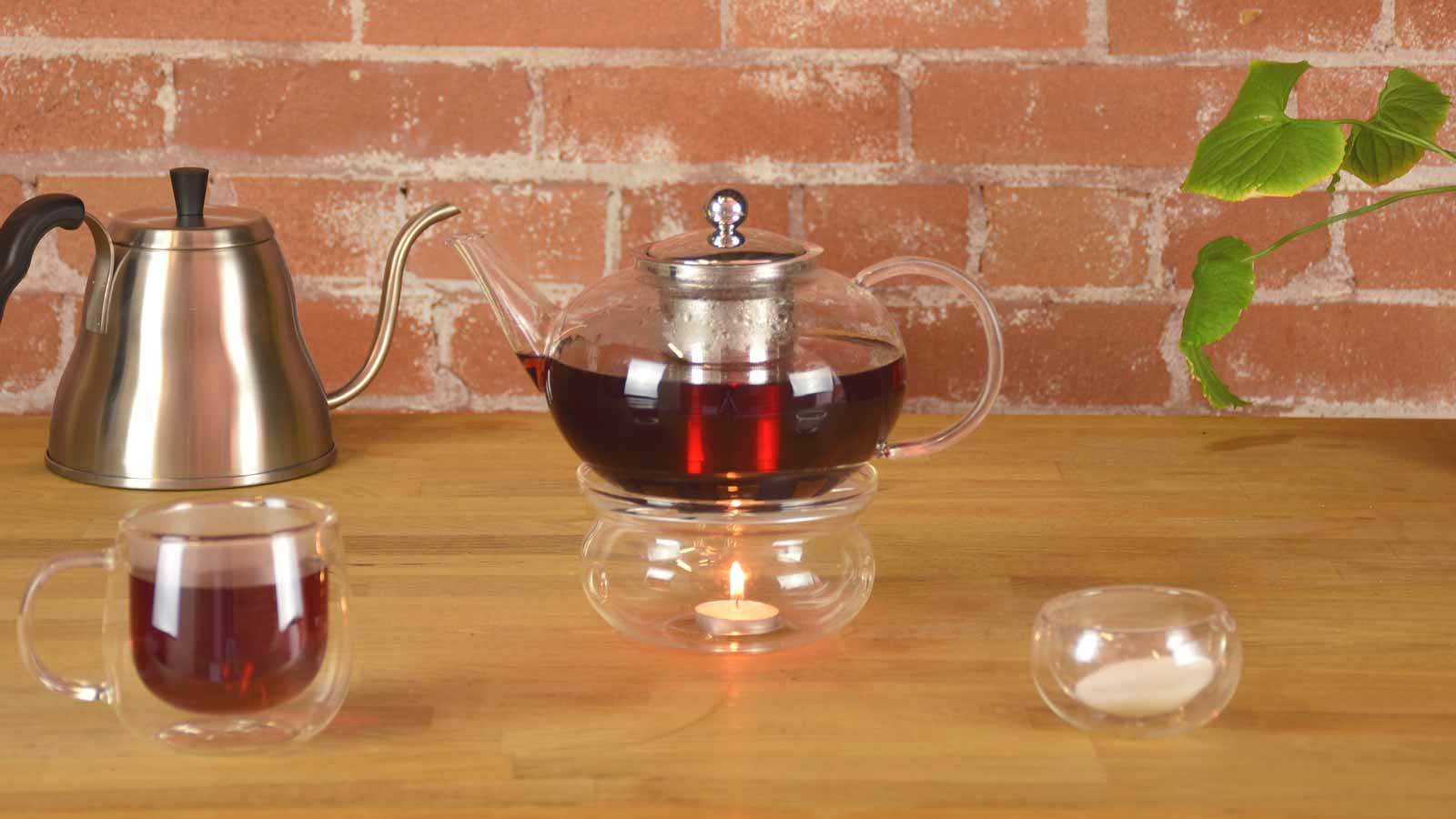What does BPA stand for?
These letters stand for bisphenol A. It is a colorless solid that doesn’t dissolve well in water but is soluble in solvents that are organic. At high dosage levels, it exhibits properties that are similar to hormones.
What does BPA mean?
BPA is an industrial chemical used to manufacture some types of epoxy resins and polycarbonate plastics. It is not used in the production of glass products.
BPA has been around since the 1960s. You’ll find this chemical in a variety of containers that store food or beverages. BPA exists in many water bottles because of the materials used to make water bottles. Many concerns exist that this chemical can make its way into the water and contaminate the food and drink stored inside. You can also find BPA in epoxy resins that coat the interior of products made of metal such as bottle tops and food cans.
What does BPA-Free mean?
BPA-free means that the product does not contain the bisphenol A chemical. Since all of our teapots, coffee makers, and water bottles comprise of borosilicate glass or bpa free plastic triton, we essentially only sell BPA-free products.
Why you should avoid BPA infuser bottles, coffee makers and teapots
Studies have shown that BPA can seep into beverages or food if stored in a container that has been manufactured with this chemical, especially when the contents are hot, contain a lot of fat or are acidic. This can lead to human health concerns from young children to adults alike. The research results are still not out but some of these health risks include:
- Heart disease
- Obesity
- Learning disabilities
- Diabetes
Research has shown that exposure to BPA may disrupt the endocrine system by appearing to act as natural hormones. This can lead to neurological and developmental problems such as attention disorder problems and the early onset of puberty. Pregnant women especially should stay away from products containing the chemical since research has found a link between prenatal exposure and neurological difficulties later in life.
In 2008, Canada added BPA to the hazardous substance list and declared it a toxic substance. Since then, many retailers in the country have been removing products that contain BPA from the shelves by their own choice.
Up next: How to make loose-leaf tea



Leave a comment
This site is protected by hCaptcha and the hCaptcha Privacy Policy and Terms of Service apply.